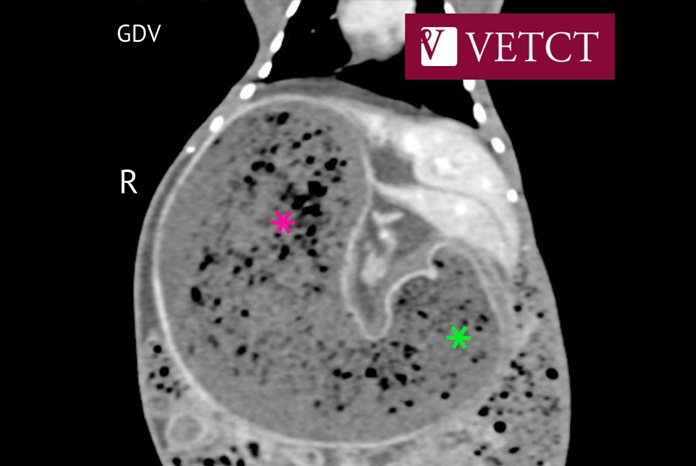
Vets urged to be aware of GDV in rabbits and use CT
VetCT and Exotic Vet Support are raising awareness about the potential for delayed or mis-diagnosis of acute surgical abdominal conditions in rabbits, such as gastric dilation and volvulus (GDV).
The companies are encouraging the use of CT to direct early, targeted surgical intervention and improve outcomes.
Dr Dean Felkler, Founder and CEO of Exotic Vet Supportand senior clinician at Tai Wai Small Animal and Exotic Hospital in Hong Kong, says a recent case of his highlights the importance of accurate and early diagnosis.
A 7yr old rabbit was presented for anorexia and hadn’t passed faeces for over 12hrs.
Dean said: “A full diagnostic investigation was performed.

"From the radiographs it is difficult to appreciate the GDV.
"However, on the CT scan, reported by VetCT, it was very obvious when compared to the normal stomach orientation.”
After initial stabilisation the patient underwent surgery to re-orientate the stomach and an incisional gastropexy was performed.
Following surgery the rabbit recovered well and was eating and passing faeces within 24 hours.
Dr David Reese, Director of VetCT Australia and exotics expert said: “We are able to identify several life-threatening pathologies much more accurately with CT than radiographs.
"This is vital for early correction of acute surgical abdominal conditions to increase the likelihood of a positive outcome.”
VetCT is offering a free trial of its specialist teleradiology and teleconsulting services at: www.vet-ct.com
